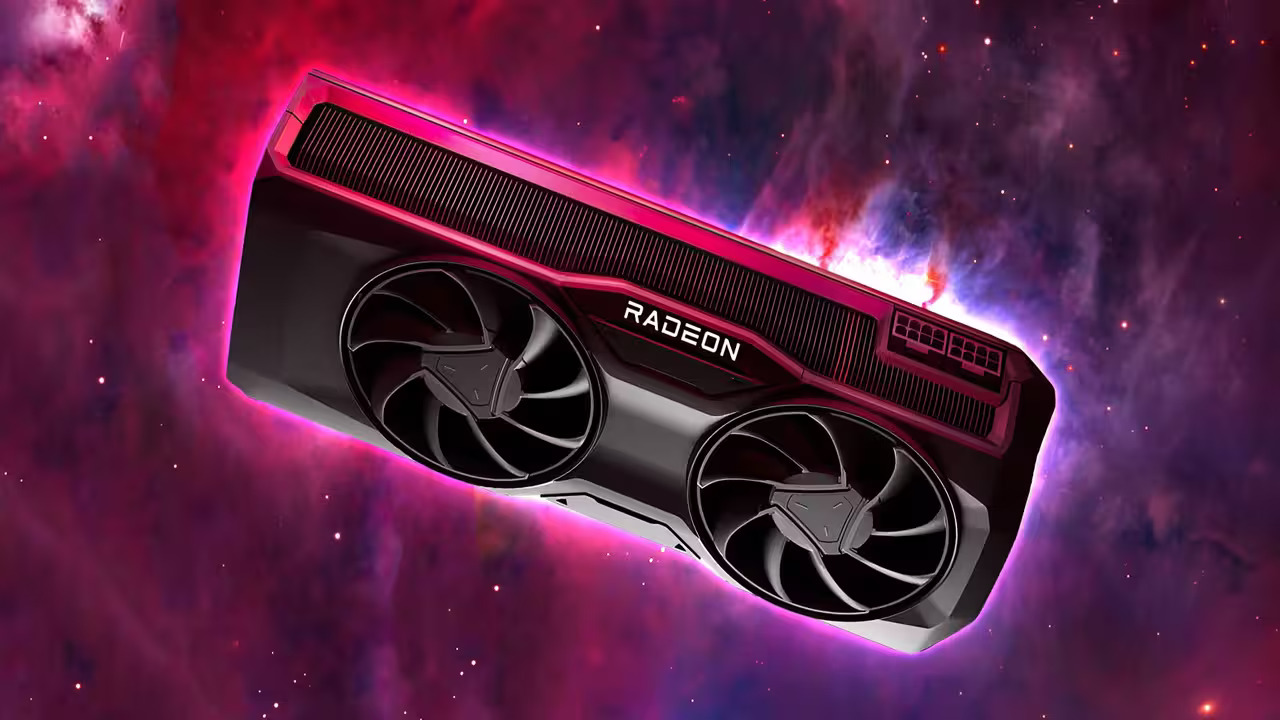
AMD Readies Radeon RX 9050: A Budget-Friendly Return to the Entry-Level GPU Market
AMD is poised to make a significant splash in the budget-conscious gaming community with the anticipated release of the Radeon RX 9050, a new entry-level graphics card based on the company’s upcoming RDNA 4 architecture. This move signals AMD’s intent to reclaim its position in the affordable GPU segment, a space it has largely vacated since the RX 6000 series.
The emergence of the RX 9050 comes after the unveiling of preliminary specifications for its slightly more powerful sibling, the RX 9060 XT. The RX 9050’s existence was first revealed through listings on the DDTECH website, sparking excitement among gamers seeking cost-effective solutions for their gaming rigs. This card represents AMD’s renewed commitment to offering compelling options for users who prioritize value without sacrificing performance.
Historically, AMD has been a strong contender in the entry-level graphics card market, offering competitive models like the RX 5500 XT and RX 6500 XT in previous generations. However, the company opted to bypass this segment with the RX 7000 series, focusing instead on the mid-range and high-end segments. This decision left a void in AMD’s product lineup, allowing competitors to dominate the budget-friendly market. The RX 9050 aims to rectify this, providing a much-needed alternative for gamers on a tighter budget.
Interestingly, the current entry-level GPU landscape is heavily dominated by "60 series" cards. Even Nvidia seemingly recognized the limitations of the ultra-budget segment, opting to forgo an RTX 4050 model in their RTX 40 series lineup. The fate of a potential RTX 5050 remains uncertain, potentially leaving an opening for AMD to capitalize with the RX 9050.
The RX 9050 is strategically positioned to become an attractive, affordable alternative for gamers seeking to build or upgrade their systems without breaking the bank. While the full technical specifications are still under wraps, initial reports suggest a configuration that balances performance and affordability.
One of the key expected features of the RX 9050 is a minimum of 8 GB of VRAM (Video RAM). This is a crucial aspect for modern gaming, as many titles now demand significant amounts of VRAM to handle high-resolution textures and complex graphical effects. With 8 GB of VRAM, the RX 9050 will be capable of running a wide range of games at reasonable settings, ensuring a smooth and enjoyable gaming experience.
The RX 9050 is anticipated to be a "trimmed-down" version of the RX 9060, meaning it will likely feature a slightly less powerful GPU core and fewer processing units. However, this reduction in performance will be offset by its lower price point, making it a more accessible option for budget-conscious gamers.
Furthermore, the RX 9050 is expected to utilize a 128-bit memory bus. The memory bus width directly impacts the amount of data that can be transferred between the GPU and VRAM, influencing overall performance. While a 128-bit bus is not as wide as those found on higher-end cards, it should still provide sufficient bandwidth for the RX 9050 to deliver solid performance in its target price range.
Another important factor is the card’s expected Thermal Design Power (TDP), which is projected to be below 150W. TDP represents the maximum amount of heat the card is designed to dissipate. A lower TDP is beneficial because it reduces the power consumption and cooling requirements of the card. This translates to lower electricity bills, quieter operation, and the ability to use the card in smaller, more compact systems.
The low TDP of the RX 9050 strongly suggests that it will be based on the Navi 44 GPU, a smaller and more power-efficient chip compared to the Navi 48. For context, the RX 9060 is rumored to utilize the Navi 48 GPU, which is also expected to power the higher-end RX 9070 series cards. The Navi 44 GPU is specifically designed for entry-level graphics cards, prioritizing efficiency and affordability over raw performance.
AMD’s re-entry into the budget graphics card market with the RX 9050 is a strategic move that could significantly impact the competitive landscape. By offering a compelling alternative to existing options, particularly in the absence of a direct competitor from Nvidia in the RTX 4050 or even a potentially delayed RTX 5050, AMD has the opportunity to capture a significant share of the entry-level market.
The RX 9050’s affordability will make it an attractive option for gamers building budget-friendly systems, as well as those looking to upgrade their existing systems without spending a fortune. With its expected 8 GB of VRAM, 128-bit memory bus, and low TDP, the RX 9050 promises to deliver a solid gaming experience at a price point that won’t break the bank.
While the official launch date of the RX 9050 remains unconfirmed, anticipation is building among gamers and enthusiasts. As we get closer to the launch, more details about the card’s specifications, performance, and pricing are expected to emerge. The RX 9050 has the potential to be a game-changer in the entry-level graphics card market, providing a much-needed boost to AMD’s presence in this important segment. Gamers seeking a budget-friendly and capable graphics card should keep a close eye on the RX 9050 as its launch approaches. The card’s arrival could mark a new era of affordable gaming for a wider audience.
